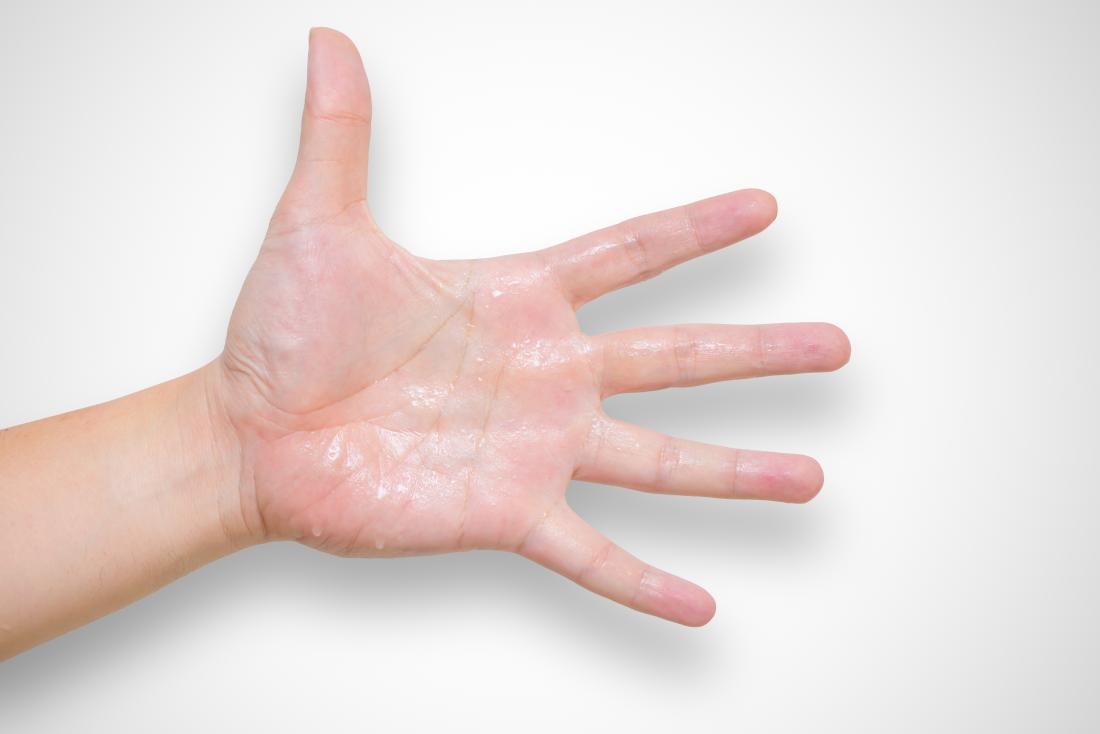Targeted Dermatology Treatments for Hyperhydrosis of Hands and Feet: Effective Solutions
Comprehending the Source of Excessive Sweating and Its Effect On Day-to-day Live
Excessive sweating, additionally called hyperhidrosis, is a problem that affects a substantial part of the populace, yet its underlying causes and ramifications on day-to-day functioning continue to be rather enigmatic. While it is frequently comprehended as a physical action to manage body temperature, the triggers for extreme sweating can vary commonly amongst people, including not only physical elements however also psychological and mental components. The influence of this condition extends beyond simple discomfort, frequently affecting social interactions and general top quality of life. By delving into the origin of hyperhidrosis and discovering its diverse impacts, a deeper understanding of this prevalent issue can be obtained, clarifying the intricacies that individuals facing too much sweating browse each day.
Physiology of Sweat Glands
The law of sweat production, an essential physiological process, is largely managed by the activity of gland distributed across the human body. Gland are classified into two main kinds: eccrine and apocrine glands. Eccrine glands are the most many and are found in nearly all areas of the body. They play a crucial duty in thermoregulation by secreting a watery fluid onto the skin's surface, which vaporizes and assists cool the body down. On the other hand, apocrine glands are concentrated in locations abundant in hair roots, such as the underarms and groin, and their secretions are thicker and milky in look.
When the body temperature level increases, either due to physical task, heats, or psychological stress, the nerves sets off the gland to create sweat. This sweat is composed primarily of water and electrolytes like sodium and chloride. The process of sweat manufacturing is crucial for preserving the body's internal temperature level within a narrow, optimal variety, highlighting the critical role sweat glands play in human physiology.
Triggers for Excessive Sweating
In comprehending the root causes of too much sweating, it is essential to recognize the triggers that can lead to this physical response. Physical physical effort, high temperature levels, and spicy foods are also known to cause extreme sweating in individuals prone to this problem.
Furthermore, medications such as some antidepressants, opioids, and specific supplements can additionally serve as triggers for hyperhidrosis. Recognizing these triggers is essential in managing extreme sweating efficiently - Treatment for hyperhydrosis of hands. By recognizing and dealing with the specific triggers that motivate extreme sweating in a specific, healthcare carriers can establish personalized therapy plans to alleviate this problem and enhance the individual's top quality of life
Medical Conditions Associated
Connected with extreme sweating are numerous medical conditions that can intensify this physical reaction. One usual problem is hyperhidrosis, a condition defined by unusually enhanced sweating that exceeds the body's thermoregulatory requirements. This can manifest in focal areas like the hands, soles, underarms, or face, affecting an individual's top quality of life because of social embarrassment and discomfort.
Moreover, endocrine problems such as hyperthyroidism, diabetes mellitus, and menopausal hot flashes can additionally cause extreme sweating. Hyperthyroidism triggers an overproduction of thyroid hormones, increasing metabolic process and activating sweating. Diabetes mellitus can cause sweating episodes, specifically throughout hypoglycemic episodes when blood sugar level degrees drop also reduced. Menopausal hot flashes, credited to hormone fluctuations during menopause, can create extreme and sudden sweating, commonly accompanied by flushing and heart palpitations.
Additionally, infections like hiv, endocarditis, and consumption have been connected with night sweats, a common symptom known to disrupt rest and affect total wellness. These clinical problems highlight the varied series of underlying aspects that can advice contribute to excessive sweating, requiring extensive examination and administration by medical care experts.
Psychological and Psychological Variables

Influence on Social Communications
Excessive sweating can have profound results on an individual's ability to engage pleasantly in social interactions. The visible signs of sweat discolorations or wet patches on clothes can result in humiliation and self-consciousness, causing people to withdraw from social circumstances. This withdrawal can influence connections, limitation social activities, and impede personal and specialist growth.

Moreover, the stress and anxiety and self-worth concerns stemming from blog too much sweating can affect communication and social skills. People might struggle to concentrate on conversations, participate in team activities, or share themselves confidently. This can cause sensations of seclusion and isolation, as social links end up being testing to maintain.
Final Thought

While it is commonly recognized as a physical action to manage body temperature, the triggers for excessive sweating can vary widely amongst individuals, incorporating not just physical elements but emotional and additionally emotional elements. By diving right into the root causes of hyperhidrosis and exploring its complex effects, a deeper understanding of this prevalent issue can be obtained, dropping light on the intricacies that individuals grappling with extreme sweating navigate on a daily basis.
Physical effort, high temperatures, and spicy foods are likewise recognized to activate excessive sweating in individuals susceptible to this condition. By determining and dealing with the certain triggers that motivate extreme sweating in a specific, medical care companies can develop individualized treatment strategies to ease this problem and boost the individual's high quality of life.
Extreme sweating can have profound impacts on a person's capability to engage conveniently in social communications.